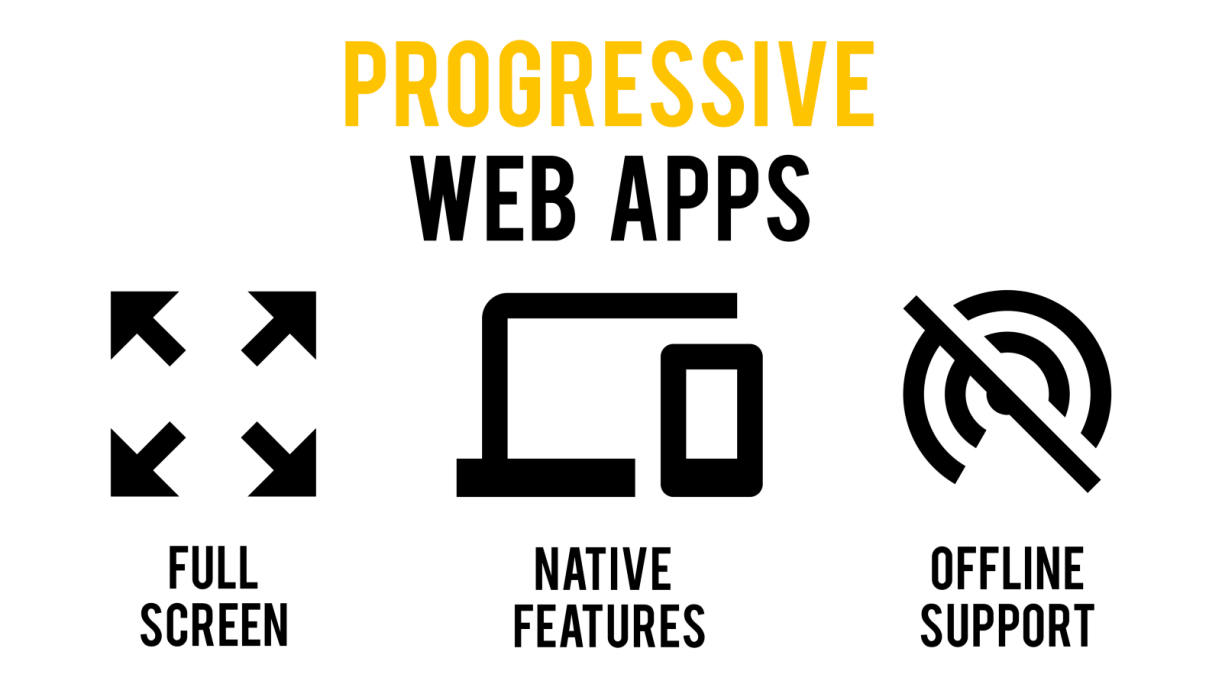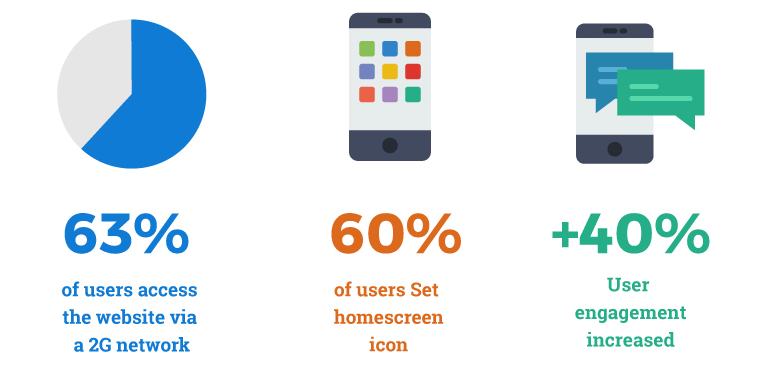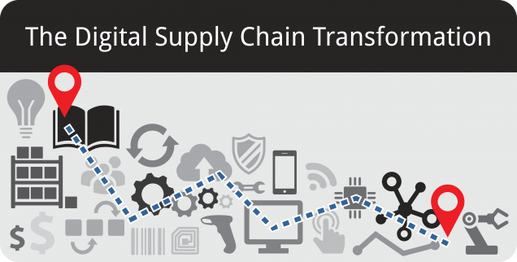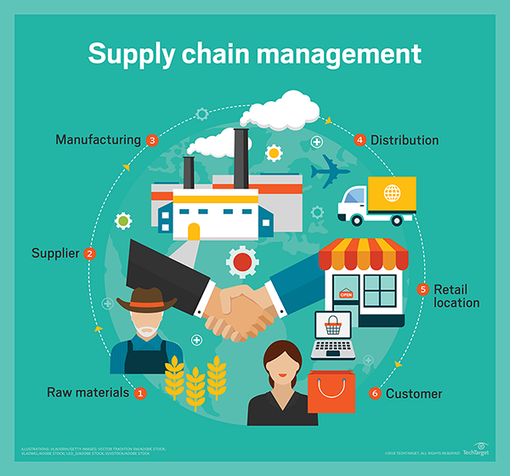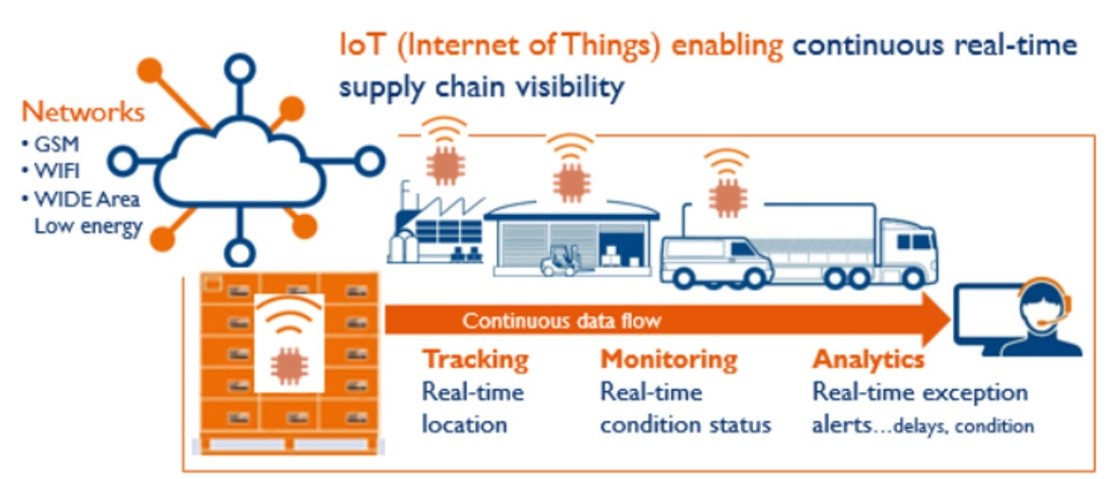Hence, while creating a mobile app, the developers need to work together on the UX and UI, but both require different skill sets. Let’s understand this with the help of an example:
On the other hand, User Experience is when the user clicks on the Events tab, but has to wait for the events to download for more than a minute. Imagine you try to search for a long lost friend, but you can’t search it or get presented with a multitude of options that do not match your friend’s name. With this kind of experience, it is the UX designer that needs to be blamed for the poor performance.
“Consider a website with movie reviews. Even if the UI for finding a film is perfect, the UX will be poor for a user who wants information about a small independent release if the underlying database only contains movies from the major studios.”
What is User Experience (UX)?
One of the most important questions that the UX designer must ask is, “How can my company’s product best meet our user’s needs?”
So, what makes a great UX?
- It should benefit users.
- The product needs to be useful and should offer a great deal of value.
- The product should be designed after testing different options – validating and invalidating product ideas.
- Understanding of the product’s business model.
- Understanding the processes clients use.
- Understanding the broader context in which users interact and engage.
- Should work on all or defined technological platforms.
What is User Interface (UI)?
One of the most important questions that the UI designer must ask is, “Does the company provide a great product and does its website or mobile application have an intuitive and sleek layout that attracts more users?”
So, what make a great UI?
- Avoids confusion and clarifies any ambiguities with the help of simple language and visuals.
- Incorporating familiar features, buttons or call-to actions and making the elements familiar.
- Ensuring that the UI offers speed and providing feedback when a screen is loading – basically, keeping the user informed about what is happening
- Keeping the UI consistent on pages so that the user is familiar with the usage patterns.
- Making it look attractive always make the app/website more enjoyable.
Importance of Design Thinking Process
“The design thinking ideology asserts that a hands-on, user-centric approach to problem solving can lead to innovation, and innovation can lead to differentiation and a competitive advantage. The design-thinking framework follows an overall flow of 1) understand, 2) explore, and 3) materialize. Within these larger buckets fall the 6 phases: empathize, define, ideate, prototype, test, and implement.”
Reference: https://www.nngroup.com/articles/design-thinking/
Reference: https://www.nngroup.com/articles/design-thinking/
At a high level, the UX and design thinking process identifies the purpose of the mobile product, business objectives, customer needs and pain points, as well as how the product will resolve those challenges. A D&D engagement will prioritise the product’s features that will help create a prototype and validated through testing. After both the business model and unique value proposition have been validated by real users, the product moves into development.
To Conclude
At the end, it is the usability of the application and the personality of your UI that will attract the users. UX and UI developers have different responsibilities but they need to work together to build a great product. The core of creating a good product should be user centric and easy to operate.






